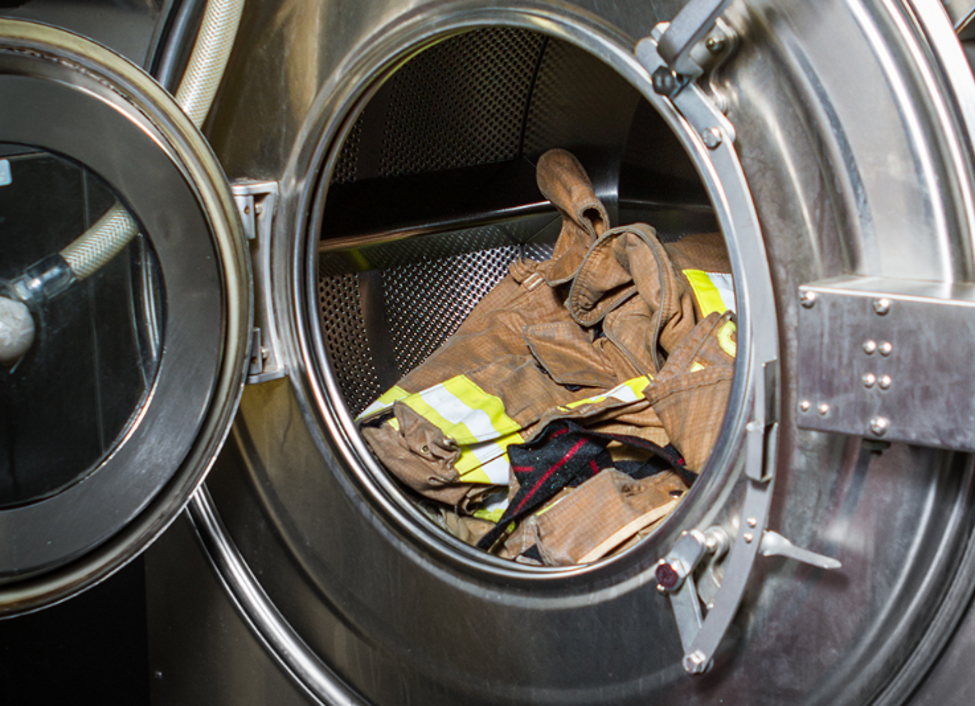Is Your Gear NFPA Compliant?
Firefighters put their lives on the line every day to protect us, and their safety should be of utmost importance. One crucial aspect of firefighter safety is the cleanliness and maintenance of their gear. In this blog post, we will explore the significance of NFPA (National Fire Protection Association) compliance for clean firefighting gear and how it ensures the well-being of our brave firefighters.
The Importance of Clean Firefighting Gear
Clean firefighting gear plays a critical role in ensuring the safety and efficiency of firefighters. When exposed to fire, smoke, chemicals, and other hazardous substances, gear accumulates contaminants that can compromise its protective capabilities. Regular cleaning removes these contaminants, preserving the gear’s effectiveness and extending its lifespan. Clean gear also reduces the risk of cross-contamination and the potential transfer of carcinogens, keeping firefighters safe from long-term health hazards.
Understanding NFPA Compliance
The NFPA sets standards and guidelines for various aspects of firefighting equipment and procedures. When it comes to cleaning firefighting gear, the NFPA has established specific regulations and best practices that aim to maintain the gear’s integrity and effectiveness. Compliance with NFPA standards ensures that cleaning procedures meet industry benchmarks, keeping gear clean and safe for use.
Cleaning Requirements and Procedures
NFPA compliance for clean firefighting gear encompasses various aspects, including cleaning frequency, methods, and solutions. The standards outline guidelines for regular cleaning intervals, which may vary depending on the type and usage of the gear. Additionally, they specify appropriate cleaning methods such as machine washing, hand washing, or specialized cleaning systems designed specifically for firefighting gear. Moreover, NFPA compliance emphasizes the use of approved cleaning solutions to avoid damaging the gear’s protective properties. These solutions are typically formulated to remove contaminants while preserving the fabric’s flame-resistant capabilities. It is crucial to strictly adhere to recommended cleaning procedures to prevent any compromise in-gear performance.
Benefits of NFPA Compliance
Complying with NFPA standards for clean firefighting gear yields numerous benefits. Firstly, it ensures the longevity of the gear, saving departments and firefighters from costly replacements. Secondly, NFPA compliance reduces the risk of health issues resulting from exposure to carcinogens and contaminants. Clean gear also contributes to firefighters’ overall well-being by promoting comfort and reducing heat stress during firefighting operations.
Conclusion
Maintaining NFPA compliance for clean firefighting gear is a vital step toward ensuring the safety and well-being of firefighters. By following the established standards and procedures, departments can protect their personnel, extend the lifespan of gear, and enhance operational effectiveness. Let’s prioritize the cleanliness of firefighting gear and support our brave firefighters in their mission to keep us safe.
